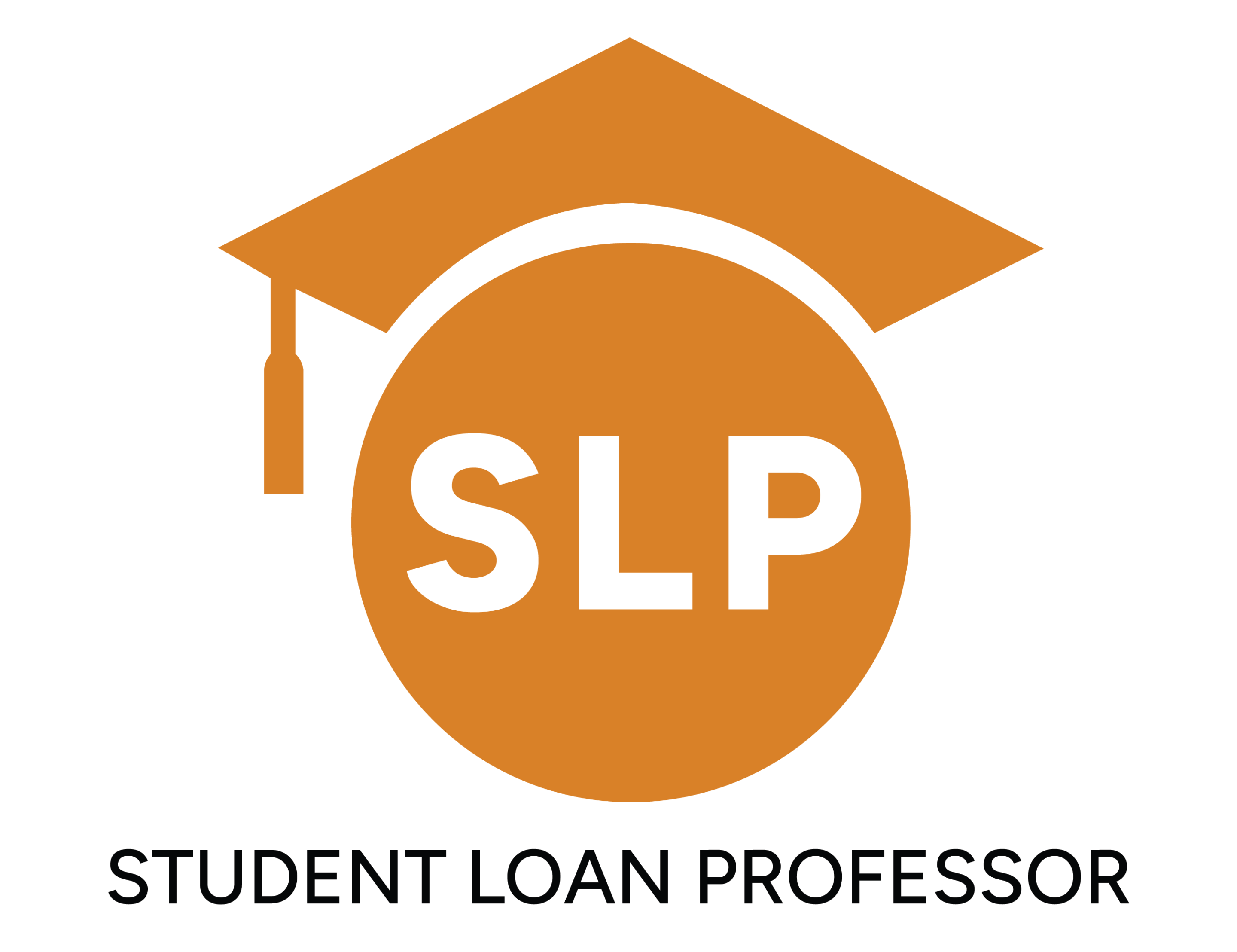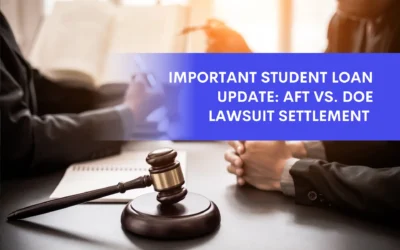November, 2019
As a student debt advocate for graduate health professionals going on 10 years, I’ve seen myriad changes in the student loan marketplace in recent years…. but I’ve seen borrowers, employers, and often the media slow to accept or embrace these changes. The conflicts of interest inherent in lending and servicing only complicate the environment. In this brief article, I’ll aim to summarize today’s options for physicians and provide resources to ensure you’re taking advantage of any and all available opportunities to reduce your debt.
Today, there are over 10 federal repayment plans available, including several income-driven repayment (IDR) plans which offer affordable loan payments and potential forgiveness, most generously through an increasingly-utilized Public Service Loan Forgiveness (PSLF) program. We’ve also seen the emergence of a private refinancing marketplace which has grown exponentially in recent years. Additionally, there are over 75 federal and state loan repayment programs available to those who work in select rural or underserved areas for specified amounts of time.
In addition to federal and private options available, physician employers are increasingly offering their own student loan benefits in the form of upfront bonuses for student loan repayment, annual repayment, and most recently, “contribution” platforms that pay down student debt monthly.
Now, we know that physicians today are finishing up medical training with an average of over $200k in debt… and many of you are carrying twice this amount or more. So, how do you make sense of all these repayment and forgiveness options to ensure you’re maximizing your savings opportunities? And can you “double-dip” if more than one program is available?
To help you answer these questions, let’s summarize each of the above-referenced options, and how and when they would be appropriate as you progress in your career with debt,,,
Federal Loan Forgiveness: IDRs, PSLF, and the “Fork in the Road” for Physicians
The average medical resident earns slightly more than $50k per year, and the average monthly payment on a 10-year Standard plan at $250k in debt is around $2800 per month. For obvious reasons then, payment relief is needed during training. This relief often best comes in the form of one of the federal Income-Driven Repayment (IDR) plans… because ONLY these plans offer reduced payments along with generous interest and forgiveness benefits versus the traditionally-used options of forbearance and deferment.
Therefore, the “Fork in the Road” is most often reached when you’re transitioning to practice, because until you KNOW you no longer qualify for federal forgiveness and earn enough income to pay down debt more ambitiously, refinancing your loans to a private lender is often not appropriate. In a majority of projections I run for graduates who qualify for the PSLF program, after 10 years of qualified employment (INCLUDING residency and fellowship), the amount paid is $150,000 or more LESS than what they borrowed.
- Residency & Fellowship Programs are typically (90%+) non-profit and PSLF-qualified, so borrowers are able to count these years toward the 10 required for PSLF.
- For-profit employees and Independent Contractors do NOT qualify for PSLF. The best way to move the needle competitively is by offering up-front or monthly student loan repayment as a benefit. Refinancing is almost always appropriate if available, but a borrower’s underwriting profile will ultimately dictate how competitive rates will be.
- Non-Profit and Public Service Employees uniquely qualify for PSLF. Approved by Congress in 2007, this program provides a path to tax-free loan forgiveness for anyone directly employed by a Federal, State, or local government organization, or directly by a 501c(3) non-profit.
- PSLF “Salary Boost”
Not all non-profit employees should be pursuing PSLF. If the payments required in an IDR would pay off all eligible federal loan debt in 10 years, there’s no benefit and refinancing would still be appropriate. A critical consideration is what we call the “PSLF Salary Boost.” In a sample candidate analysis, we calculated that for the six years following a four-year training term, a non–profit employment offer was worth an additional $72k per year in salary when the reduction in payments from PSLF was contemplated. Doctors Without Quarters offers a free tool for borrowers to help determine their “Boost”, you can register at: https://slplive.wpengine.com/pslf-boost-refinancing-review/
Federal and State Repayment Programs
The AAMC publishes the most comprehensive list of available federal and state loan repayment programs I’m aware of. You can click on the program name for more information: https://services.aamc.org/fed_loan_pub/index.cfm?fuseaction=public.welcome&CFID=1&CFTOKEN=13111BC2-C45F-8018-8973CAA8376F2D88
It’s important to note that PSLF can also be used if a federal or state repayment program qualifies and doesn’t eliminate all of your debt, but there is an overlap of benefit in that the repayment amounts reduce debt positioned for forgiveness through PSLF.
Available Employer Benefits Available Today
- Upfront / Annual Repayment: Most commonly, employers will offer upfront money or annual payments (such as $20k/year for up to 5 years) to be allocated towards student debt, which is considered taxable income.
- Contribution Platforms: Increasingly common are “contribution” plans, where an employer makes a pre-determined monthly payment to an employee’s student debt servicer. Proposed legislation may allow both employer and employee to receive a tax break when a student loan benefit is offered, and I’d expect this type of offering to grow exponentially if such legislation is passed.
Summary and Resource
You won’t know what student loan benefits might be available to you if you don’t ask! It’s important to know all of your options, and to negotiate with potential employers while armed with all relevant information. To learn more about how DWOQ can serve as a bridge between transitioning doctors and their potential employers, please contact us directly at help@slplive.wpengine.com.
-Jason DiLorenzo, Executive Director
Brandon Barfield is the President and Co-Founder of Student Loan Professor, and is nationally known as student loan expert for graduate health professions. Since 2011, Brandon has given hundreds of loan repayment presentations for schools, hospitals, and medical conferences across the country. With his diverse background in financial aid, financial planning and student loan advisory, Brandon has a broad understanding of the intricacies surrounding student loans, loan repayment strategies, and how they should be considered when graduates make other financial decisions.





